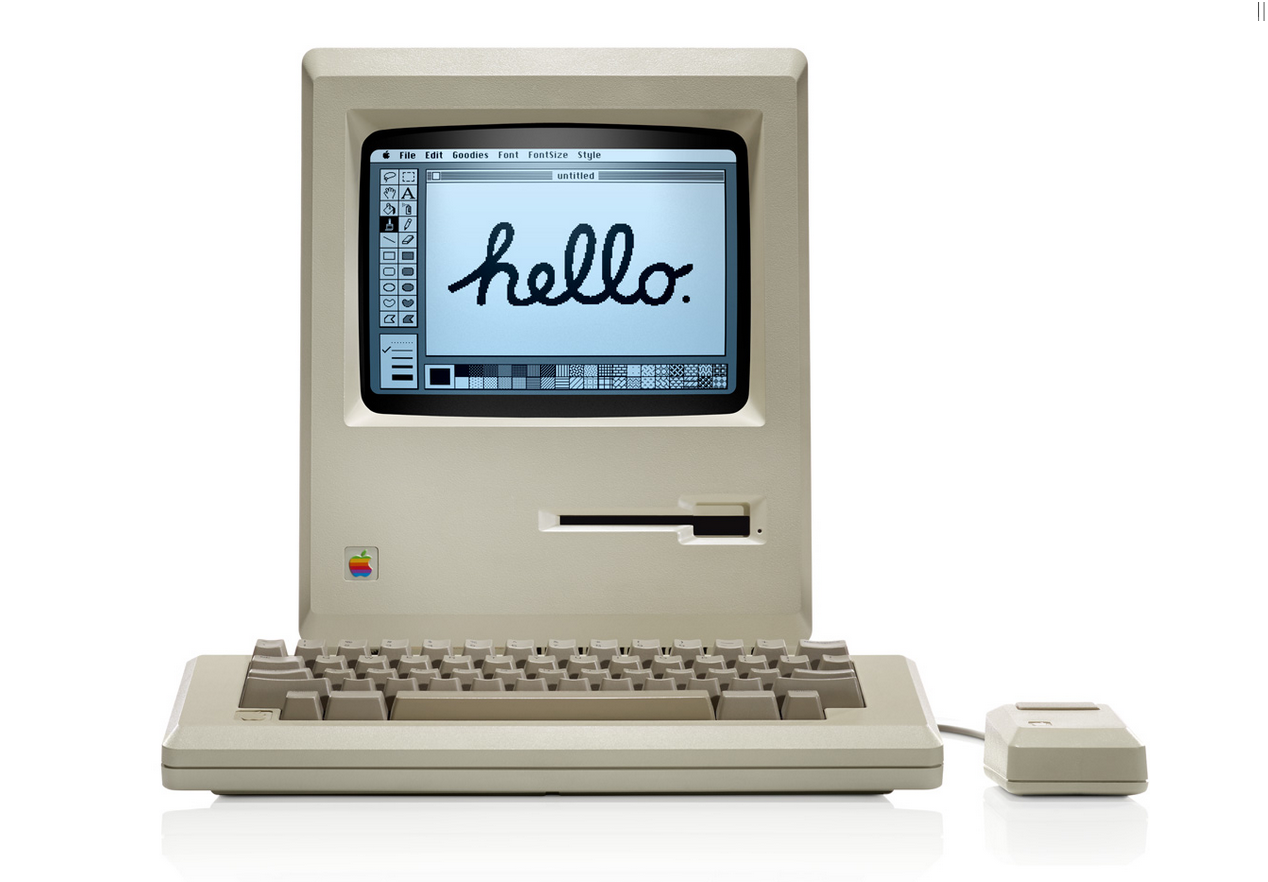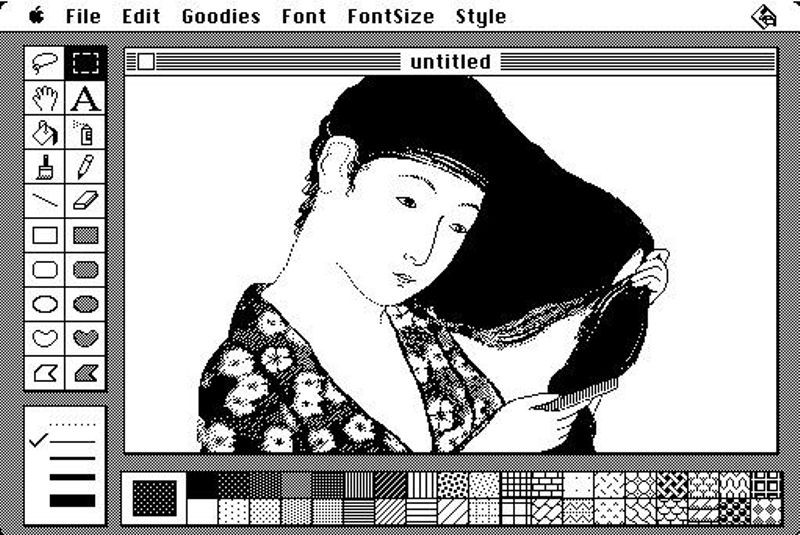

Total cost for 500 pieces including VAT and shipping was 27019 denar, or about $497 US dollars at current exchange rates, so that’s just under $1 per connector. I bought them all! To be honest, I had to check a map to learn where Macedonia is, because it’s not exactly one of the top 10 most likely sources for electronic components. You’d have to try pretty hard to do this, though.Īfter days of fruitless searching, I finally found a shop in Macedonia with a stock of DB-19 male solder cup connectors. With the whole unit offset by 1 pin horizontally or vertically, the connected electronics might get zapped with 12 volts on a signal pin. Neither of these PCBs has a shield surrounding the 19 pins, so if somebody tried hard enough, they could insert the connector aligned incorrectly.

I need to check with the board assembly shop I’m using to see what effect it would have. But it would be a couple of dollars more expensive, and it’s something that would have to be done manually, without standard assembly tools or processes. The advantage of this version is that the pin spacing is perfect, and the pins are round, so the fit in the female port should be perfect. And instead of using 0.1 inch male header, it uses 19 individual D-SUB crimp pins in a non-standard way: the pins are each soldered in place, and then the crimp sections are cut off. The second version of the PCB is very similar to the first, except the pads are all on a 2.77 mm pitch D-SUB grid instead of a 0.1 inch (2.54 mm) pitch. Slightly bent pins may not make good contact inside the female port, or there may be an issue with square header pins in round port holes. The advantage of this version is that it’s cheap and easy to make, and should be no trouble for the board assembly shop. That’s the wrong pitch – a D-SUB connector has a 2.77 mm pitch – but it’s close enough that short sections of 4 or 5 header pins can bend a little and still fit the D-SUB. It uses four sections of standard 0.1 inch (2.54 mm) pitch male header. The first version of this PCB is shown above, and is based on an idea by Charles Phillips. Add a standard IDC-20 connector to the back side of the same PCB, and it can make a strange but effective DB-19 to IDC-20 converter cable. The result won’t really be a proper D-SUB connector, because it won’t have a surrounding shield, but it will still fit a DB-19 female port. As a backup plan, I’m exploring building a DB-19 substitute using a PCB and 19 individual pins. I’m still searching for a source of more DB-19 connectors, but so far I’ve been unsuccessful finding a single one. Cases for the Floppy Emu are also available, in brown wood hardboard or clear acrylic.įor those who have waited patiently on the waiting list since mid-December, thank you.
MAC LISA EMULATOR SCRATCH SOFTWARE
If I don’t find a good solution, this may be the last batch of Floppy Emu hardware for a while.Īs a new option, I’m now offering an SD card preloaded with disk images of System software versions 1 through 7.5.3, as well as some classic software like MacPaint, Hypercard, After Dark, Kid Pix, and Fool’s Errand. I’m still chasing down possible sources and investigating alternatives. These were common in the 80′s and 90′s, but the supply has dried up and they’re almost impossible to obtain now. I’m having difficulty locating sources for the floppy connector, a DB-19 male D-SUB. Beginning with this batch of hardware, the LCD backlight is now enabled by default too. It’s available with a built-in connector for placement at the rear of the Mac, or bundled with a three foot extension cable so you can place it anywhere on your desk. After a long delay, Floppy Emu is back in stock and available for sale now.


 0 kommentar(er)
0 kommentar(er)
